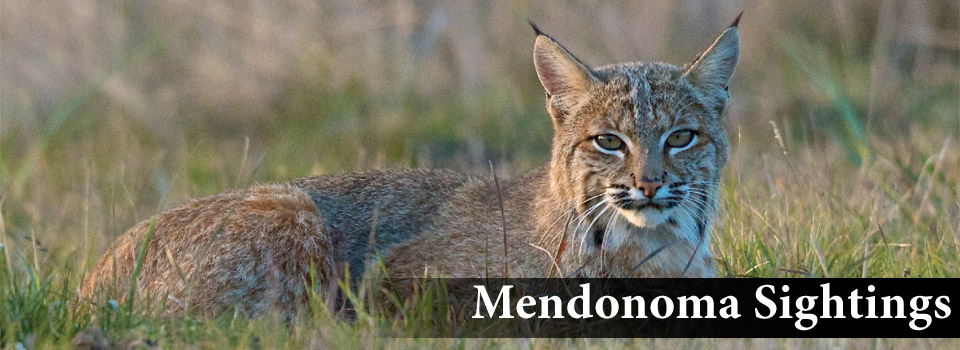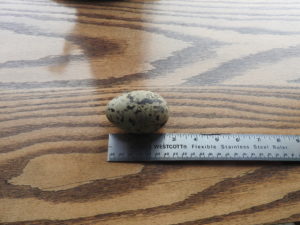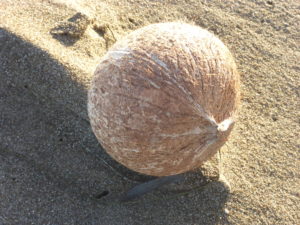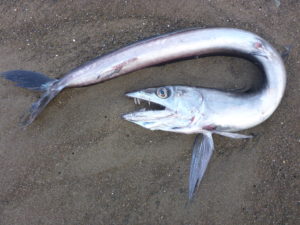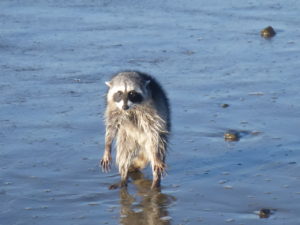Doug Forsell noticed a huge change at Brush Creek, at Manchester State Park on Jan. 31. Doug wrote, “Brush Creek has moved north past the beach entrance at Kinney Road, washing away 20 to 30 feet of sand that was there three weeks ago. Tell people not to run down the entrance or let their children do so.” Here's what Brush Creek looks like now. Note the horizontal snag sticking out of the bluff face.
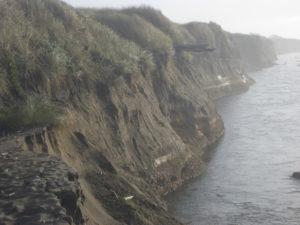 Here's what it looked like at the beginning of January. You can see the horizontal snag. That is a tremendous amount of sand that is now gone.
Here's what it looked like at the beginning of January. You can see the horizontal snag. That is a tremendous amount of sand that is now gone.
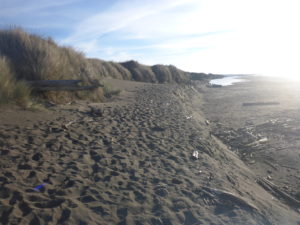 Brush Creek is found at Manchester State Beach, the Kinney Road entrance. You can learn much more about this fabulous beach at this link: https://www.parks.ca.gov/?page_id=437
Brush Creek is found at Manchester State Beach, the Kinney Road entrance. You can learn much more about this fabulous beach at this link: https://www.parks.ca.gov/?page_id=437
Thanks to Doug for allowing me to share his photos with you here.
We are having unbelievable weather for the middle of winter - very little breeze, warm temps. Daffodils are beginning to bloom, as they are wont to do when we have a stretch of warm weather. We do hope the rains will return but there is no rain in the forecast until late next week. Come to the coast!
